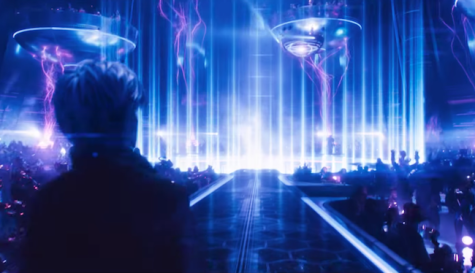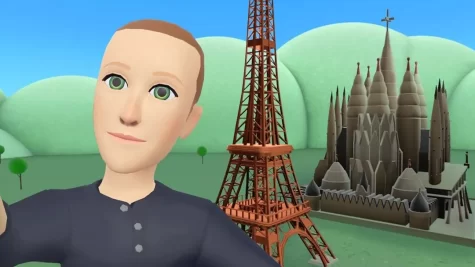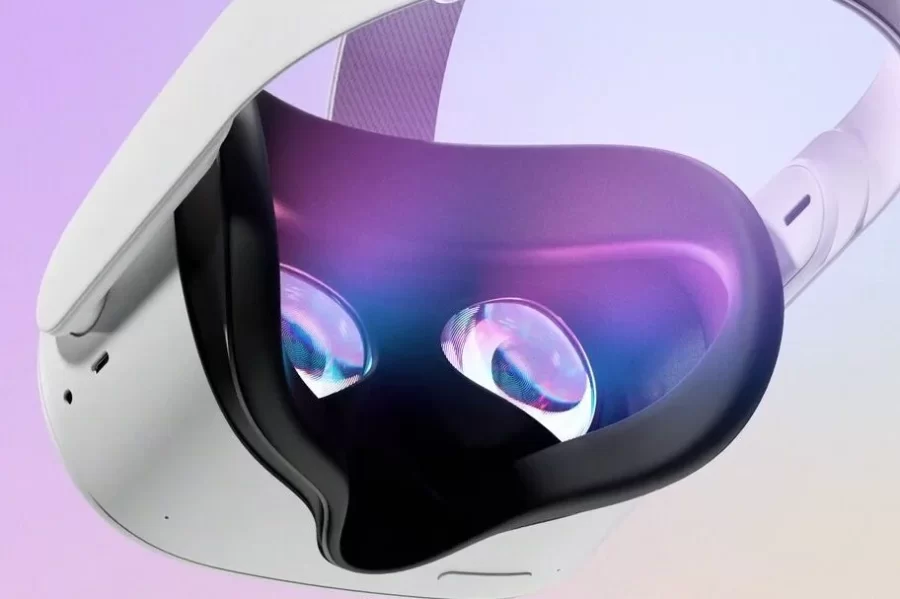The Metaverse: Failure or Possibility?
December 2, 2022
When I first heard of the metaverse last October, I was fascinated. I had just finished reading Ready Player One by Ernest Cline, and was thoroughly excited that the fictional world that I was so immersed in had come to life. For context, the metaverse is a virtual reality platform that acts as a space where people can interact daily as if in real life. Hearing about this, I couldn’t help but get the odd yet exhilarating sensation that our generation was finally at a stage where imaginations of the far future had become a reality. However, after learning about the system, I was thoroughly disappointed. There wasn’t anything quite revolutionary about the media, and the struggles of Meta seemed to reflect the public’s disapproval of the metaverse.
According to Biencrypto.com, there are only 376 active users of Decentraland, a 3-D gaming platform that is a huge part of the metaverse. As a result, Meta’s stock fell by over 70% this year. Moreover, the company cut 11,000 employees, which is “13% of its workforce”. As of right now, Meta couldn’t be in a worse situation.

The disapproval of the metaverse stems from its unimpressive technology. Despite the striving advancements that Meta made during the past year, the metaverse’s technology has not developed enough to be mind-blowing to the extent that everyone wants to experience it. When we think of virtual reality, we mostly envision the settings of the OASIS, the virtual reality world of Ready Player One. Described as a “beautifully rendered” 3-dimensional reality, the OASIS brings the user’s imagination to life, which enables them to fulfill their desires they cannot attain or experience in real life. In the OASIS, people can be in any form they want, from a better-looking version of themselves, to imaginary creatures like giants and mermaids. The graphics that support the system are so astonishingly advanced that the protagonist, Wade Watt, is described to have a hard time believing everything in the OASIS is digitally programmed.

In contrast, the metaverse has been criticized several times for its poor graphics, which Forbes went as far as to call “garbage.” Not only were the buildings and trees of simple shape with no details, but the avatars are about the same quality as the ones in Wii games–they don’t even have legs! Moreover, in the OASIS, the characters can hold hands and touch the objects inside the virtual world as a default. However, Meta has yet to work on enabling touch in the metaverse. I’m sure that creating even the technology that the metaverse possesses right now requires an immense amount of effort, but if the public cannot get mesmerized by the outcome of the work, the hard work that was done all goes to dust.
Another reason for the media’s reluctance to join the metaverse is that it takes too much time and effort to join the platform. Today’s society, especially Generation Z, prefers things to be quickly done without wasting time or money. However, to fully get immersed in the metaverse, users need to purchase a $1,500 virtual headset. Hardly anyone would prefer to spend hundreds and thousands of dollars to join a system that resembles a “children’s game” over interacting with more people in popular and free apps like Instagram or Snapchat.
Now, the question is, will the metaverse ever become part of our everyday lives? Right now, the answer is unclear. Even among experts, the ratio between those who believe in the metaverse and the ones who don’t are evenly divided. If Meta continues to disregard the criticisms of the public, the metaverse will never be successful. However, if Zuckerberg and his team make the effort to finally heed to the users’ needs and advice, Meta may be able to achieve its goal of making virtual reality a norm in society. The public is waiting for a change–it is the Meta’s responsibility to fulfill this.


















































































































































